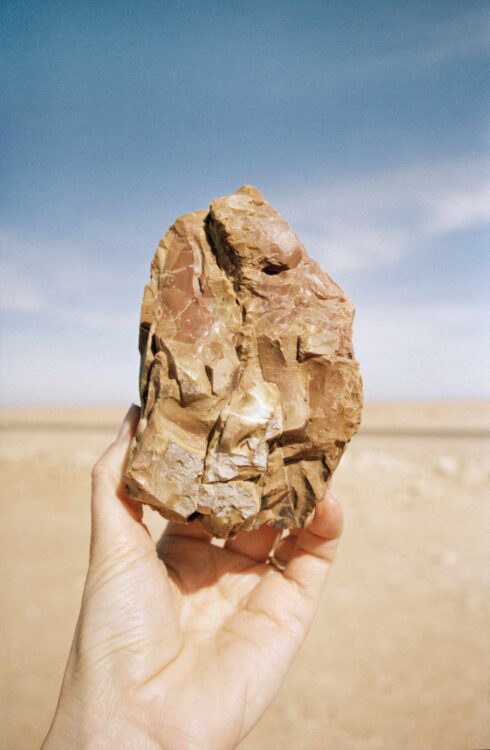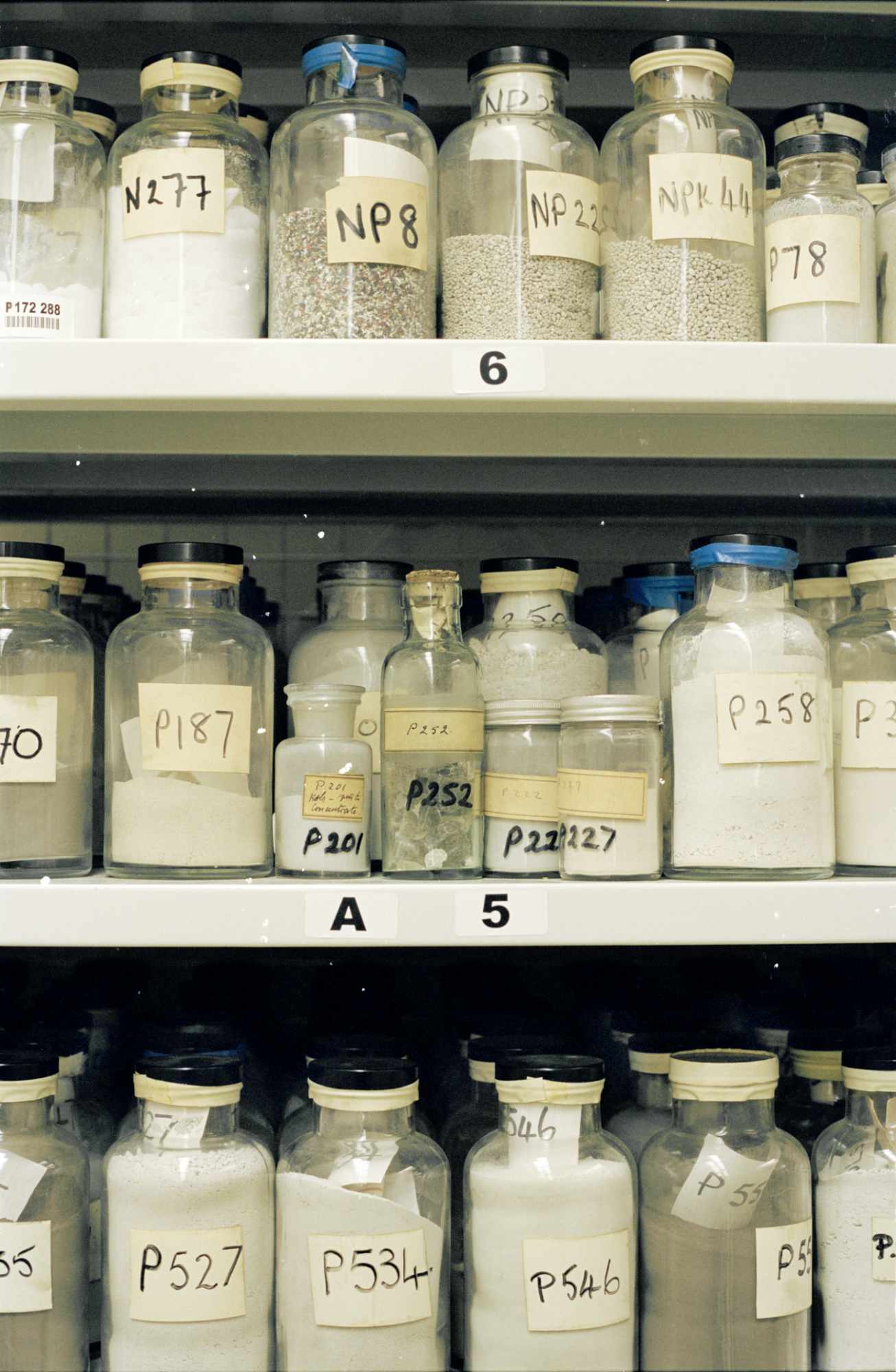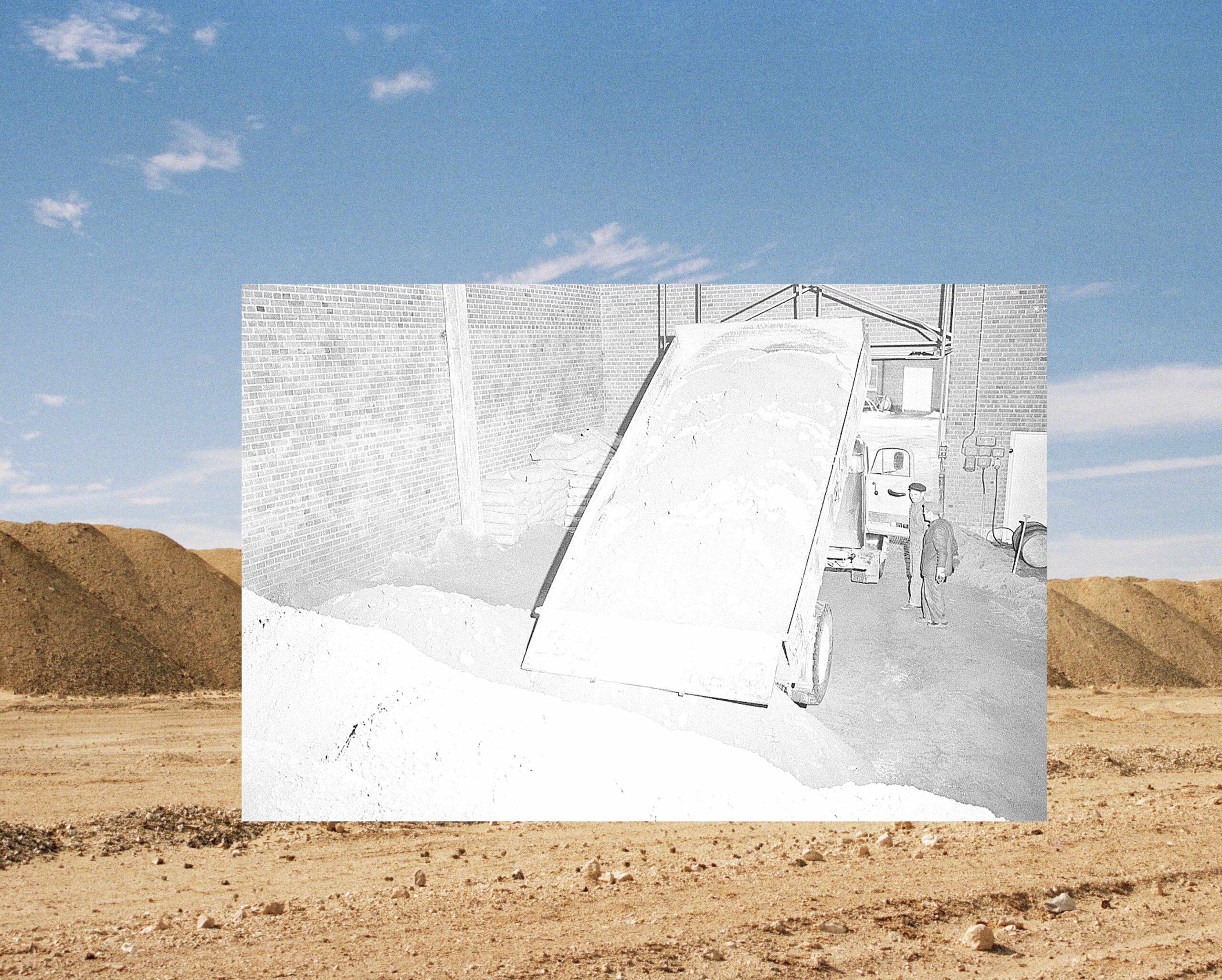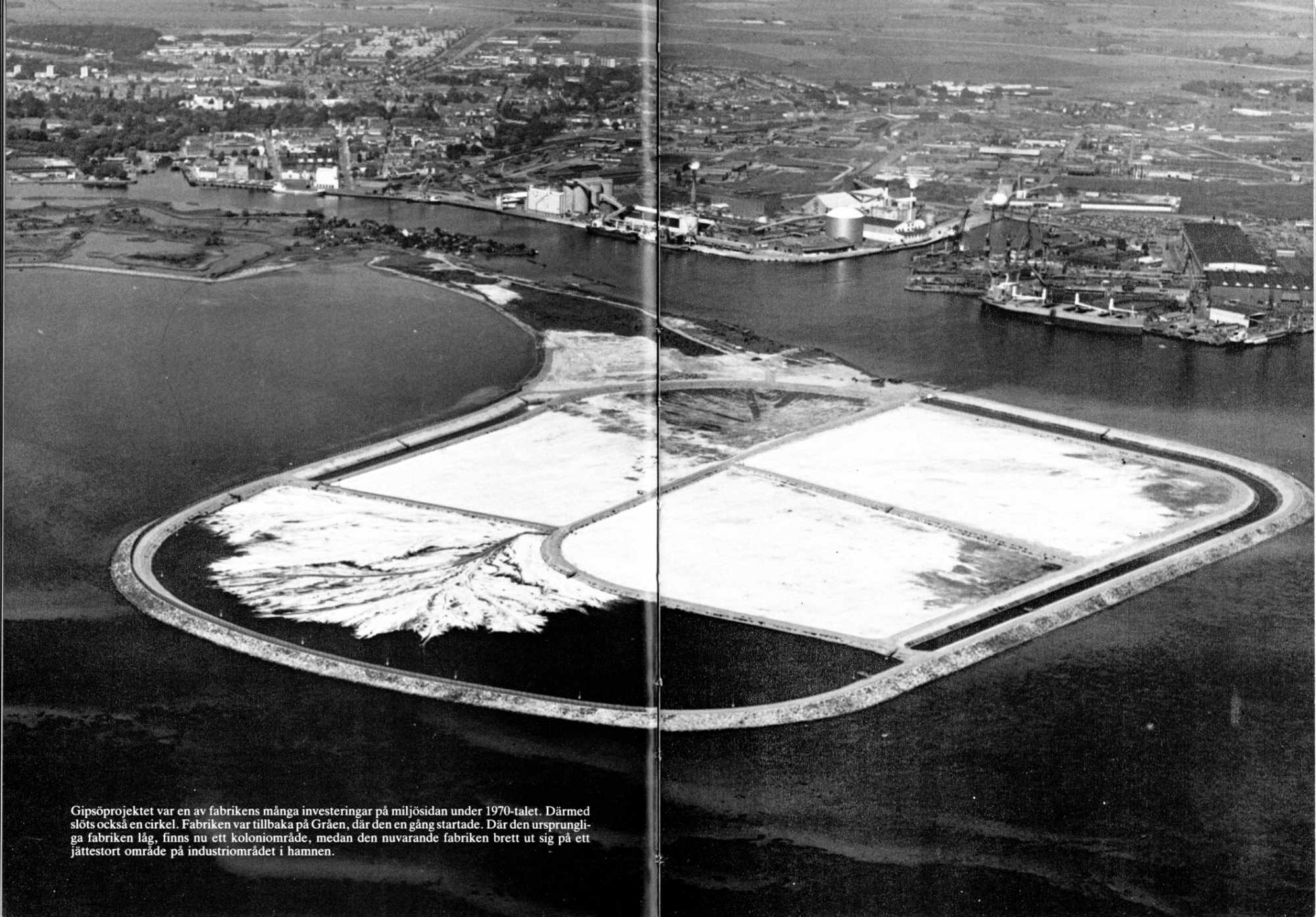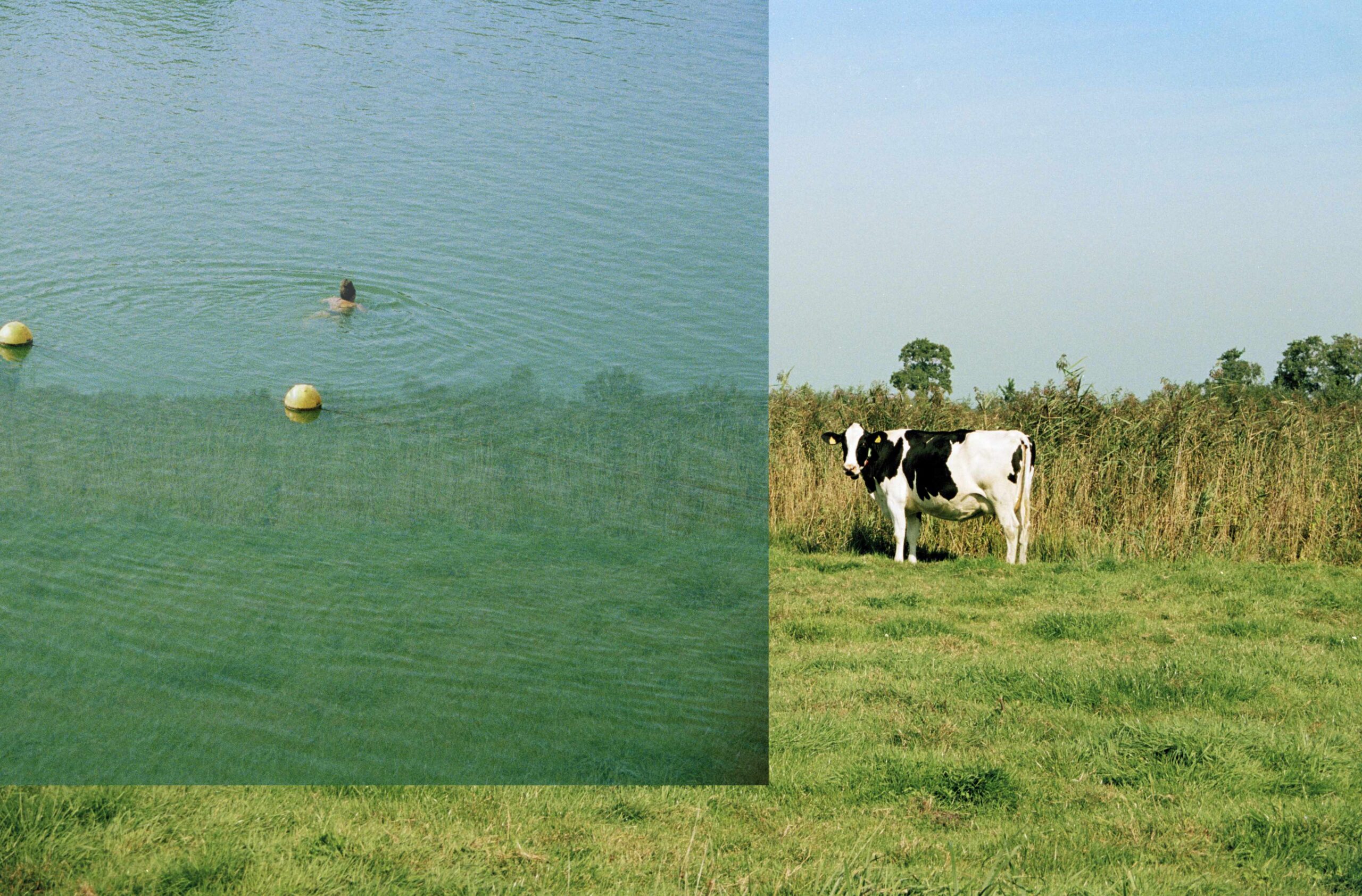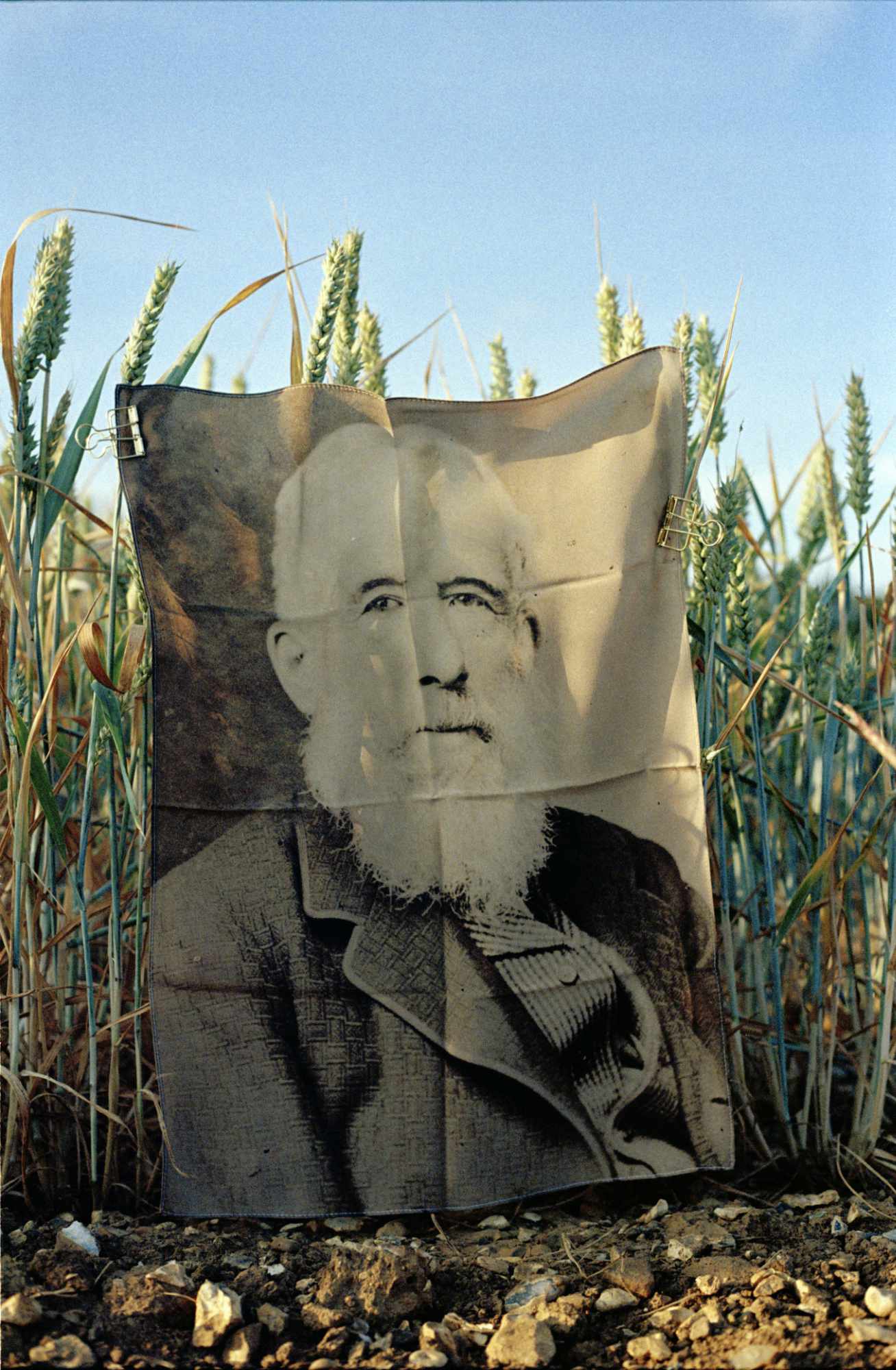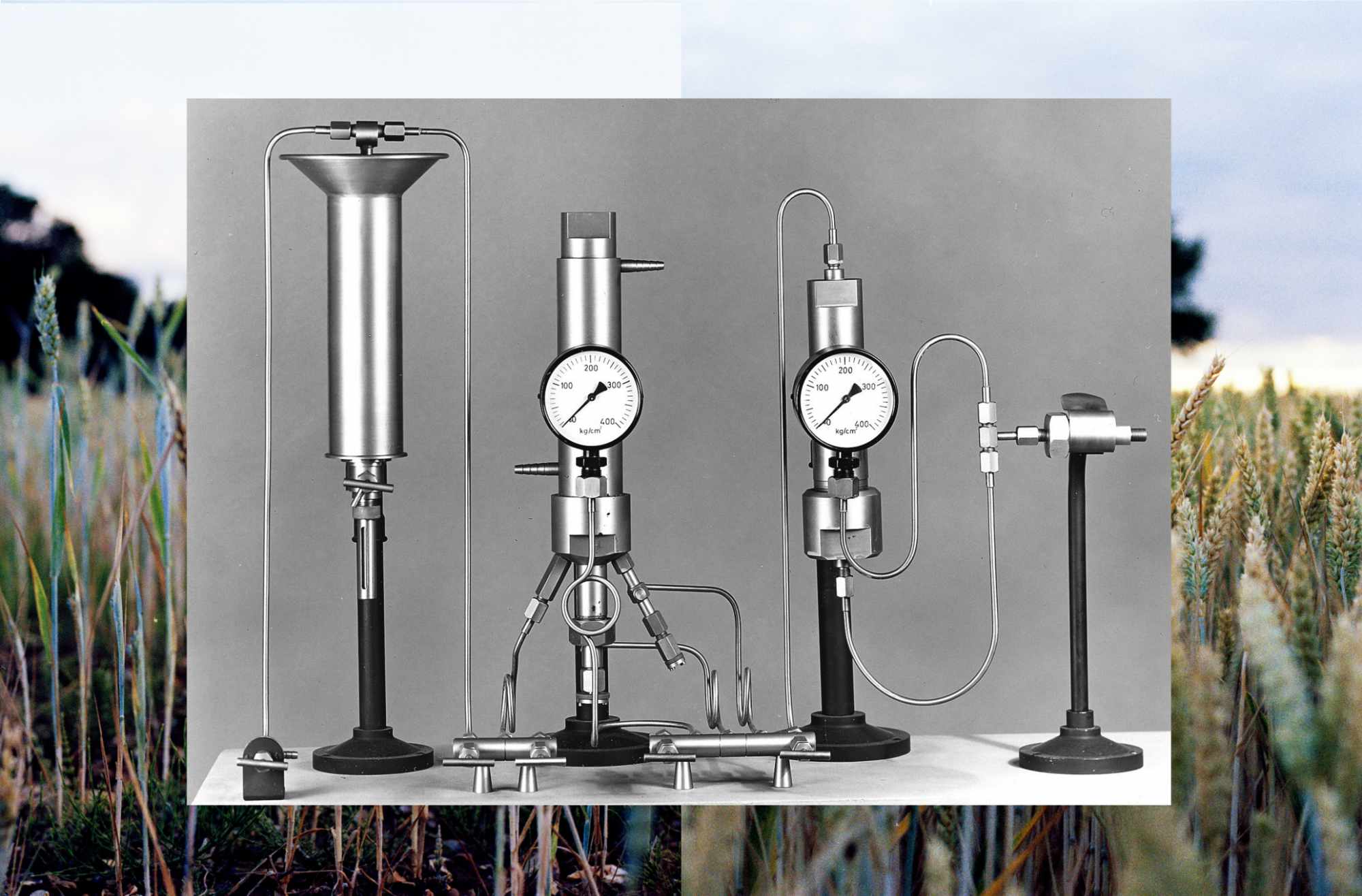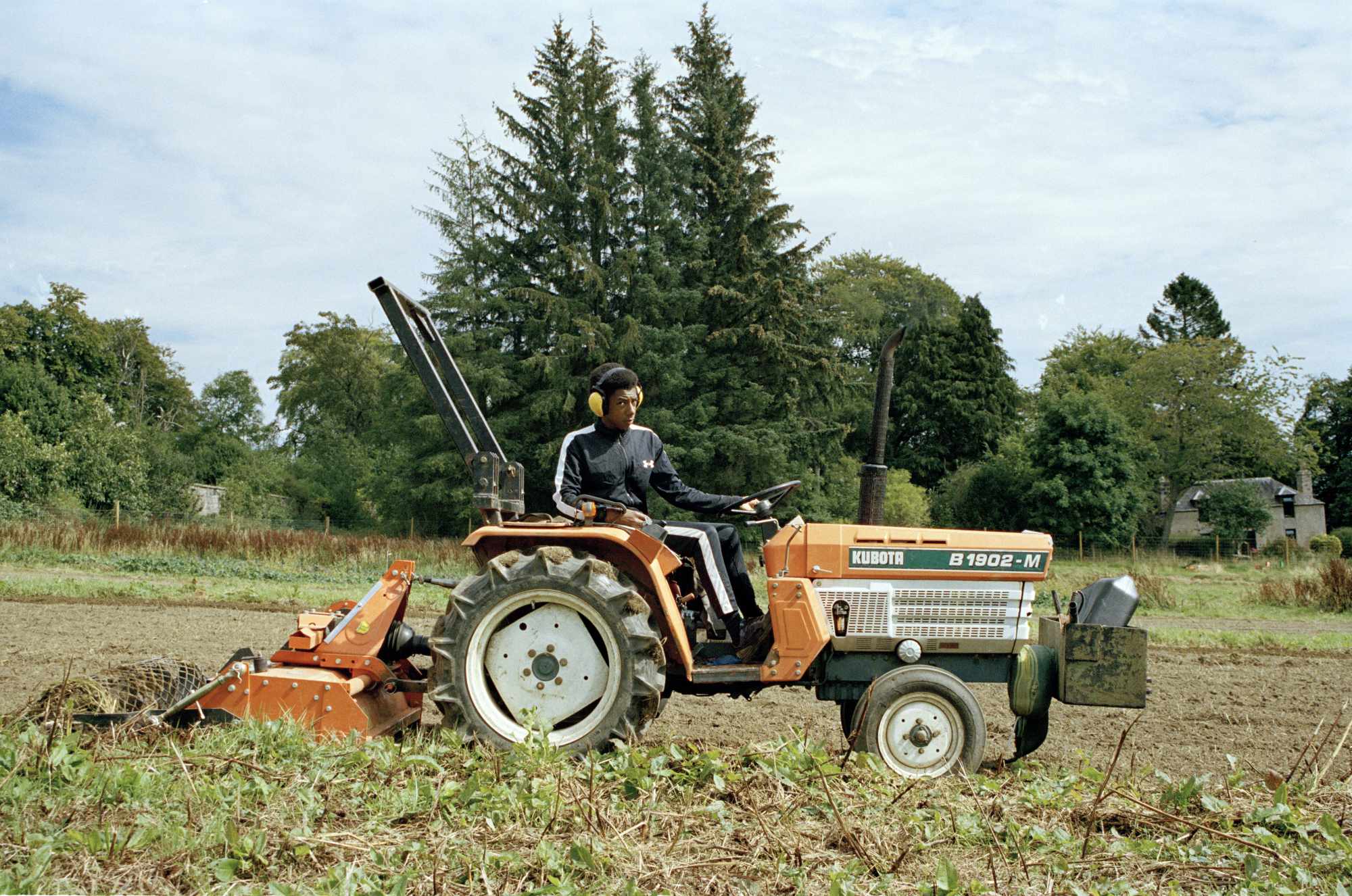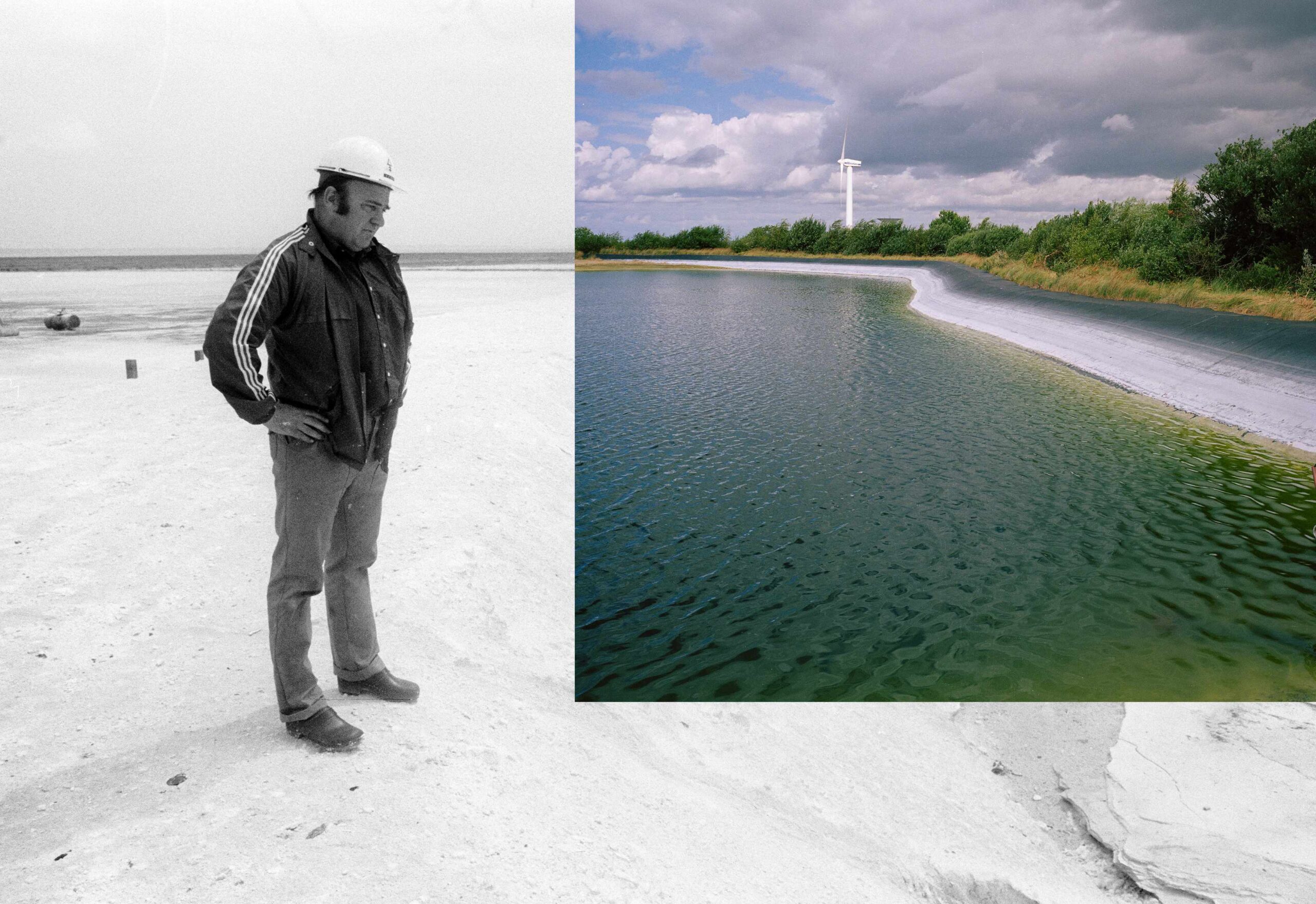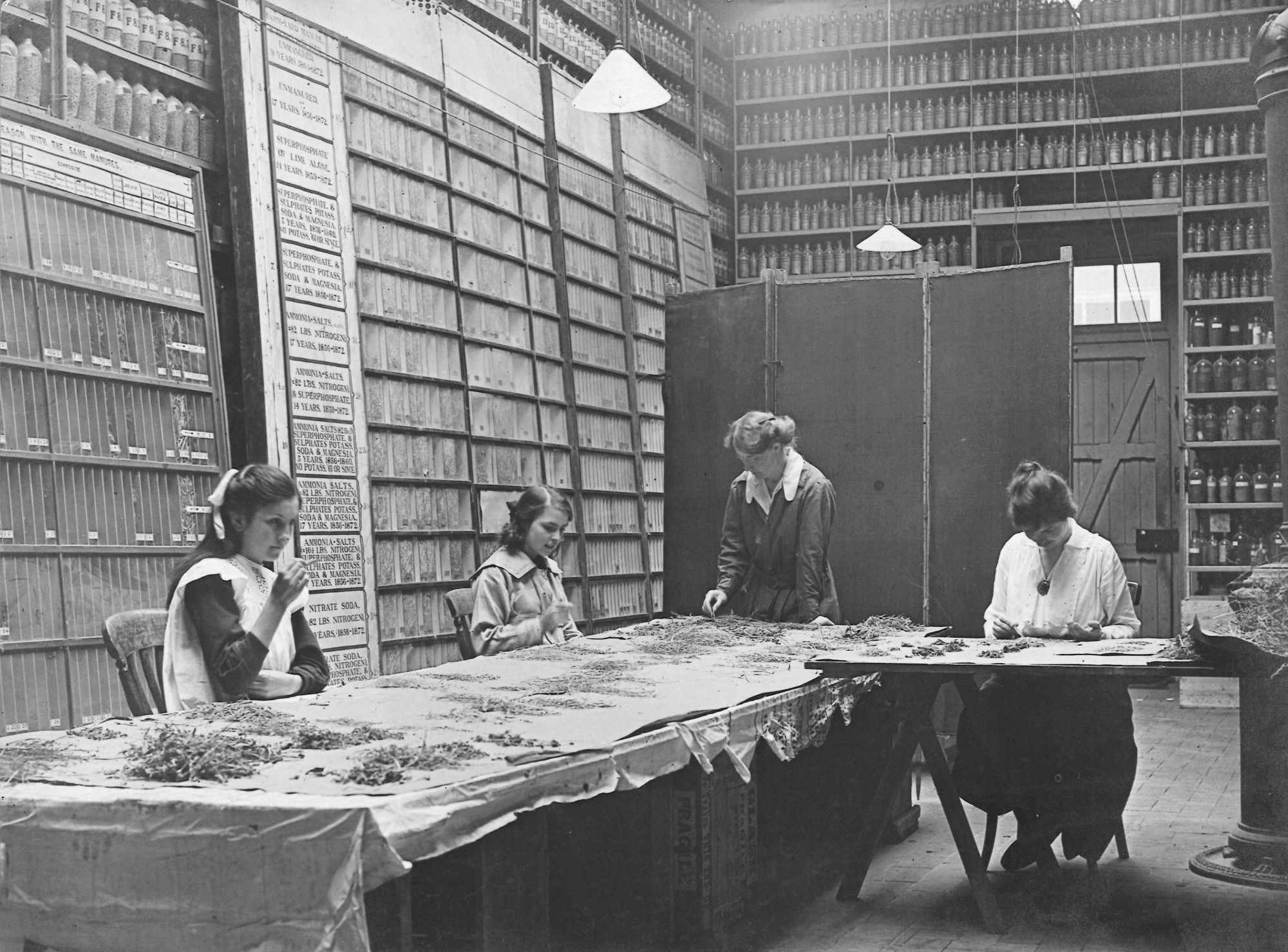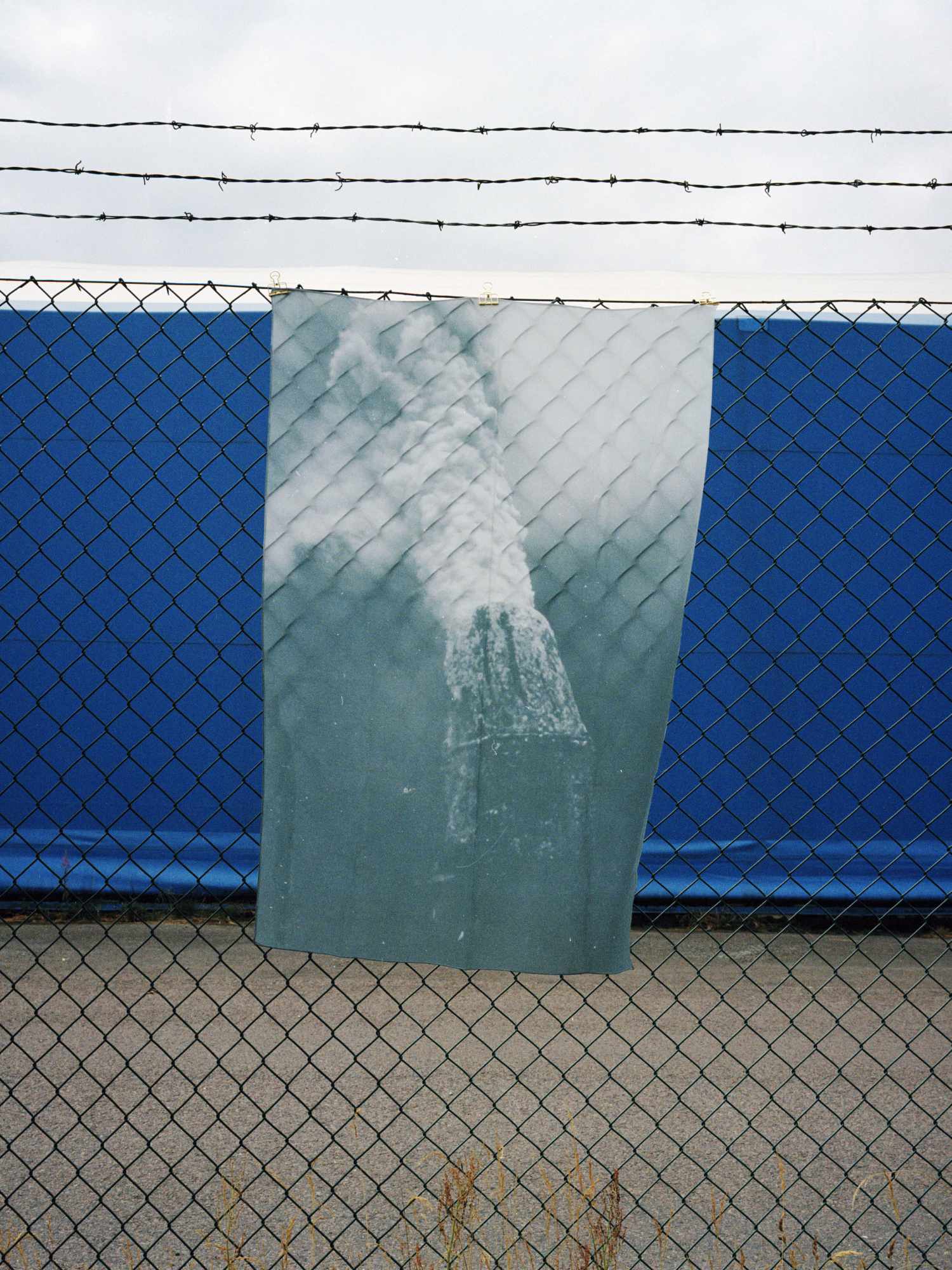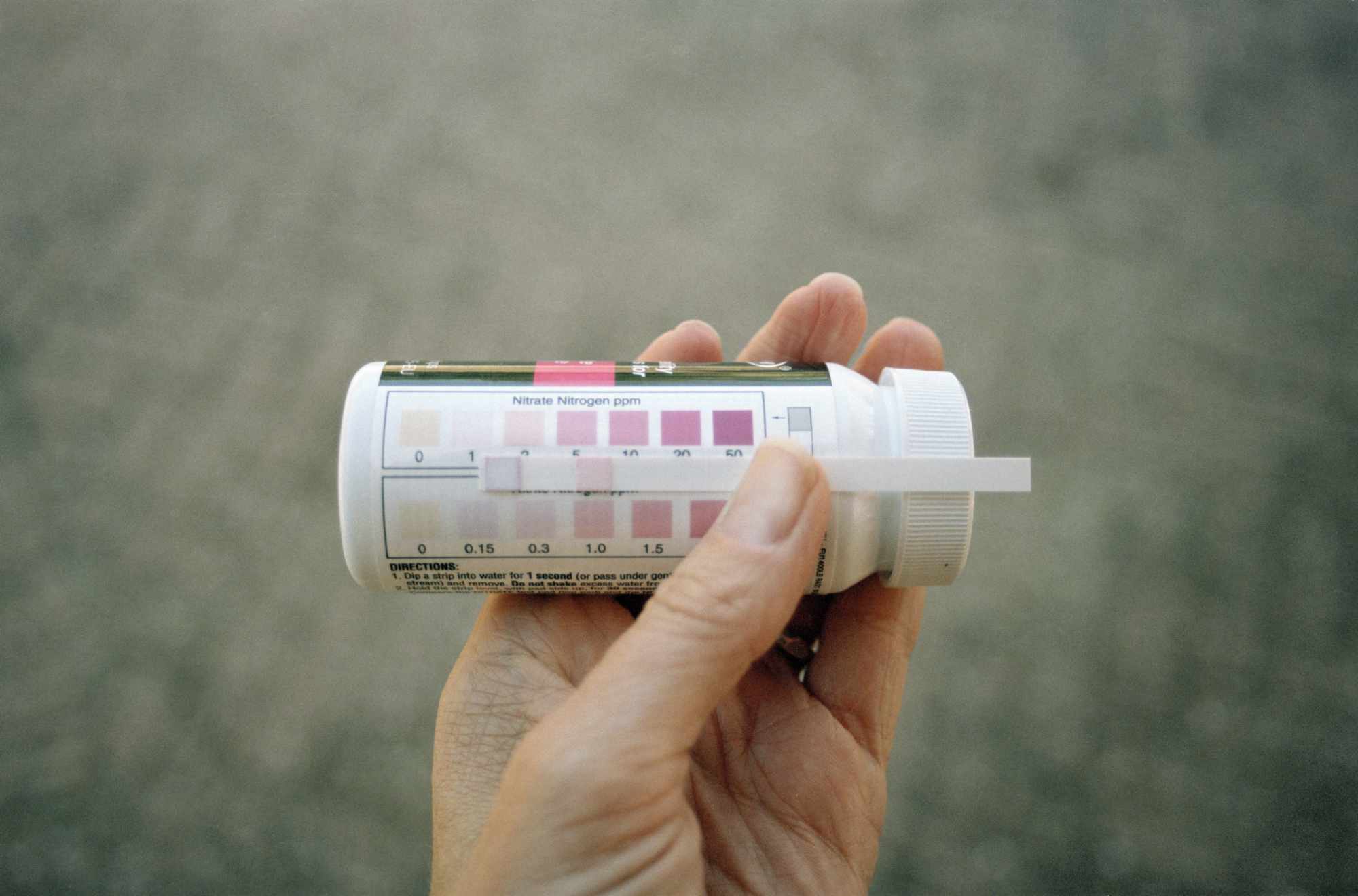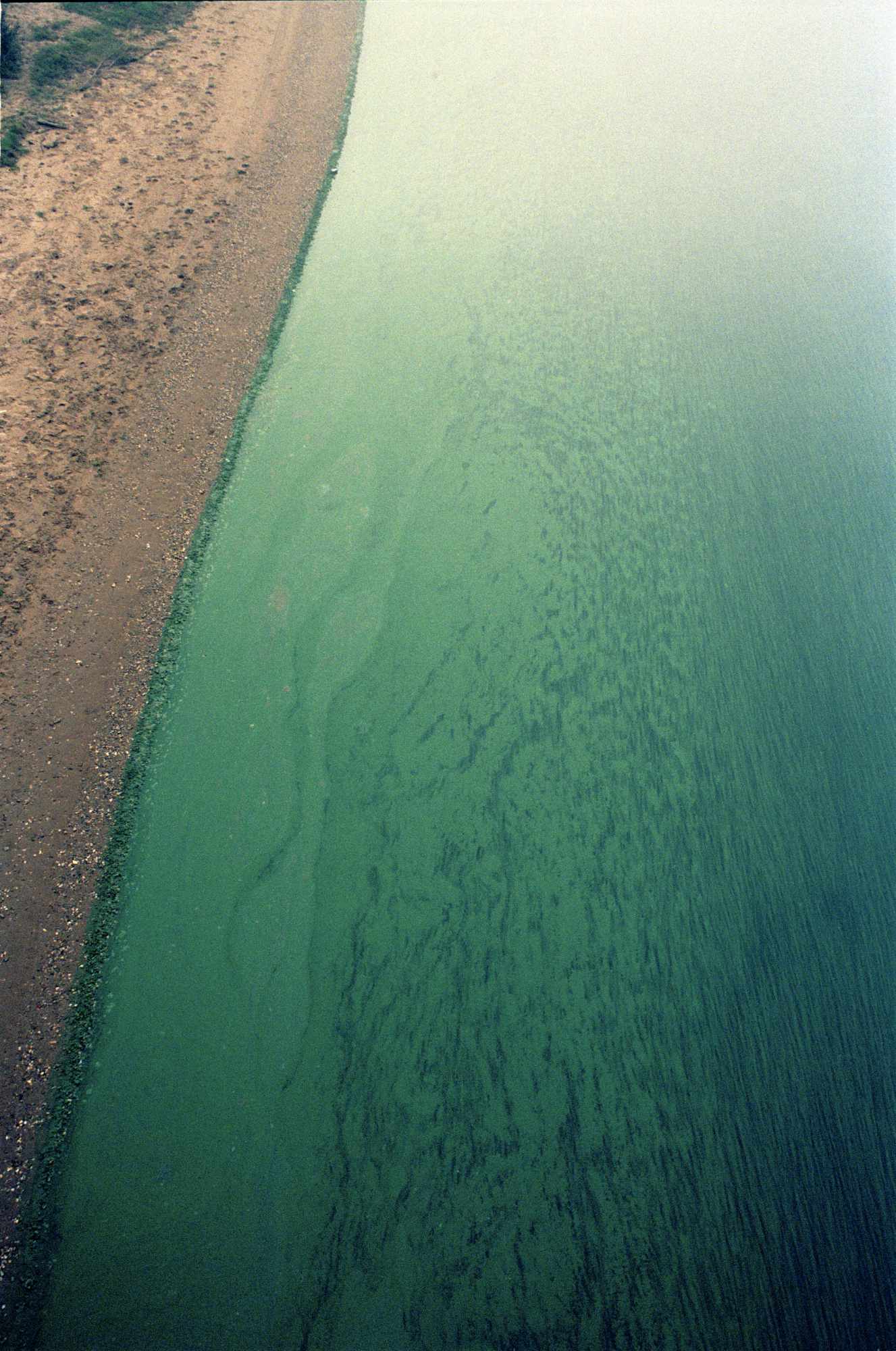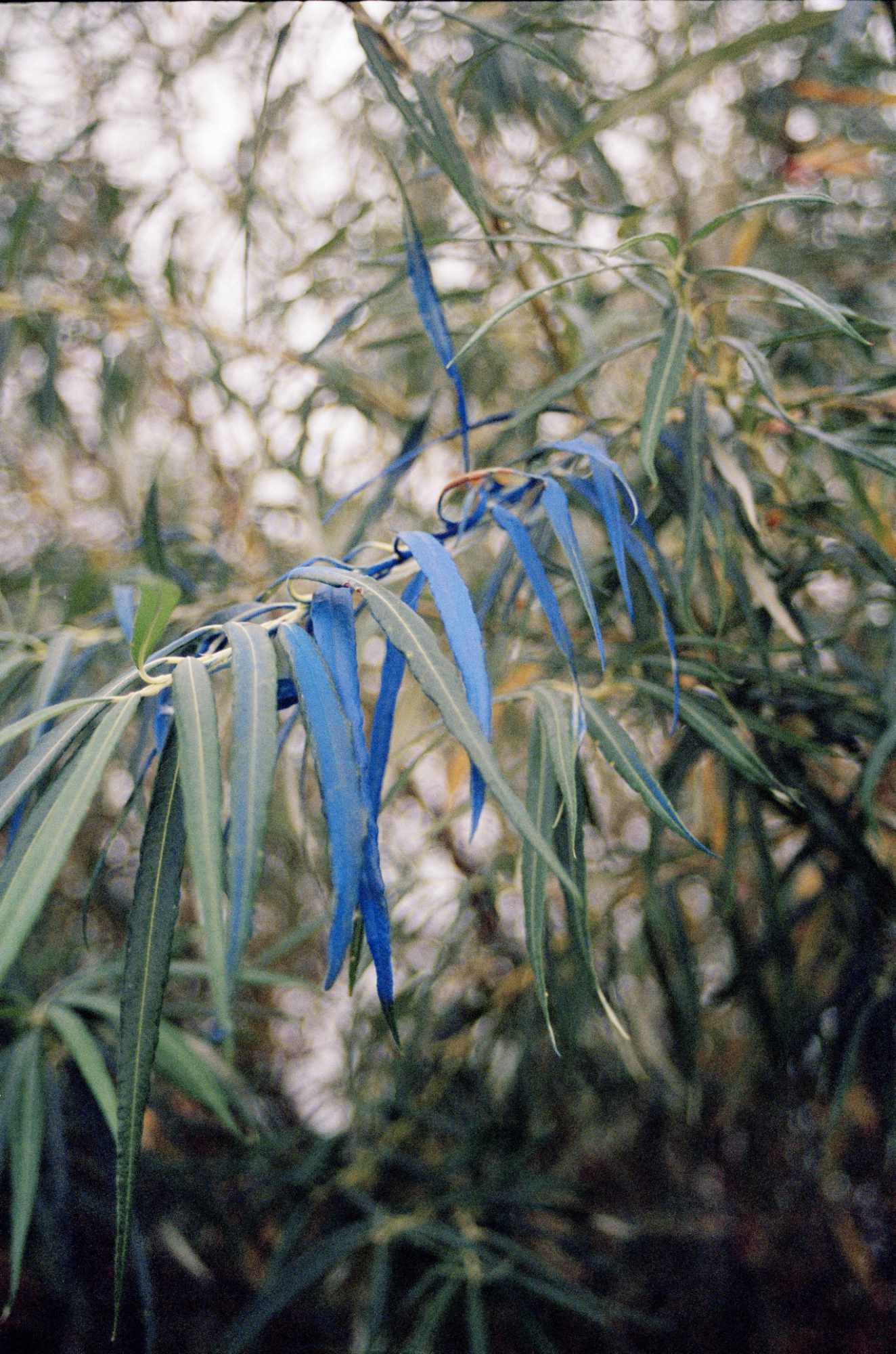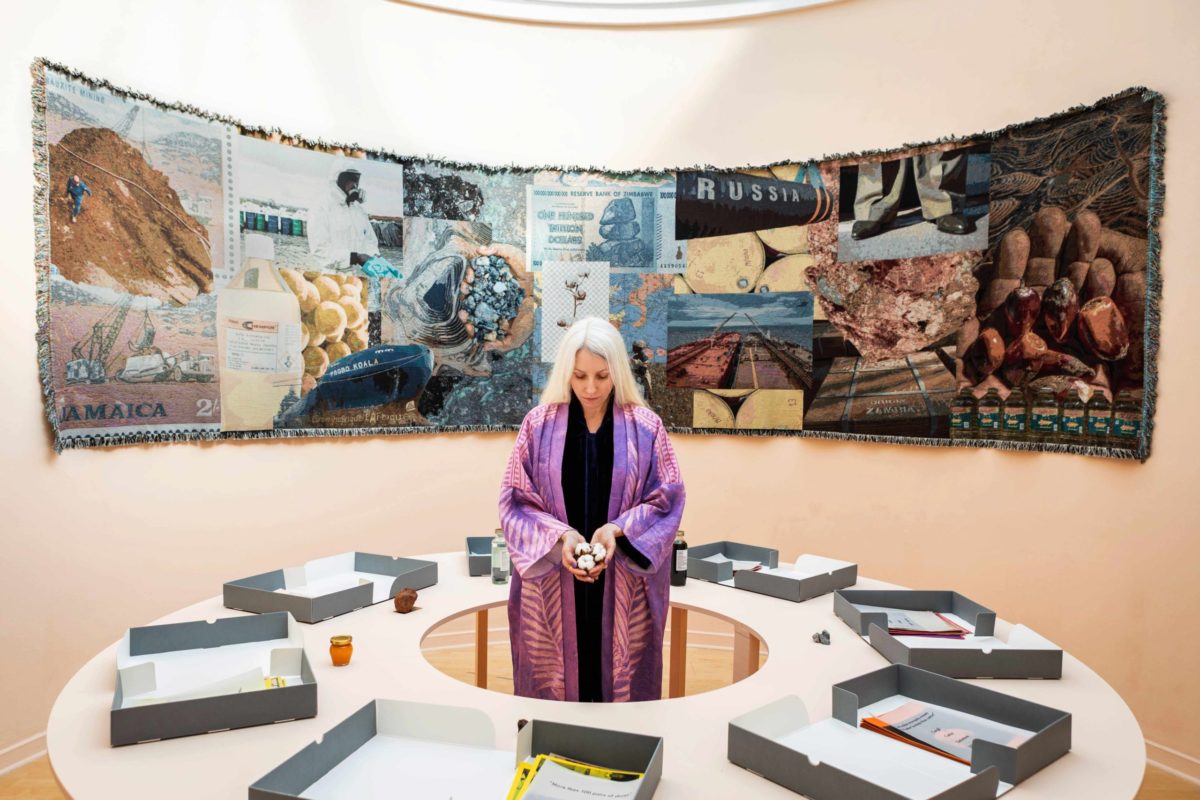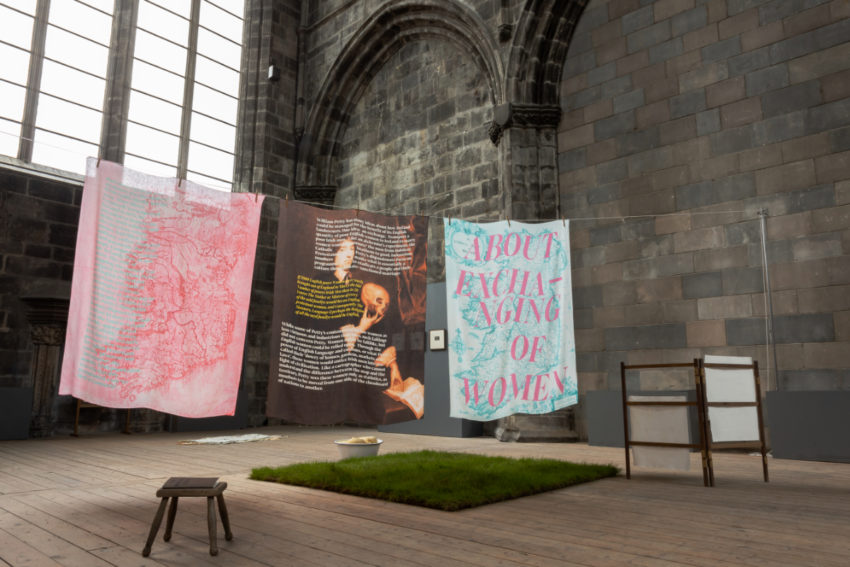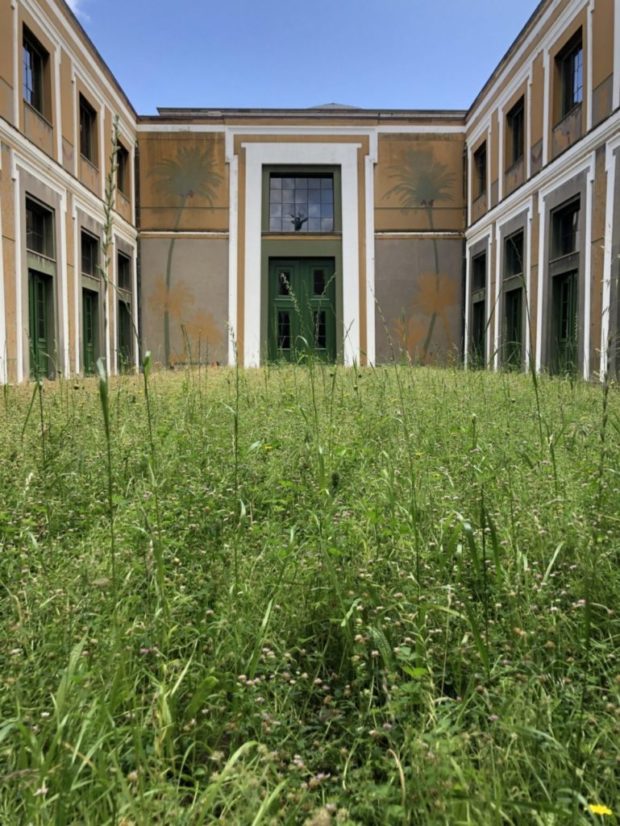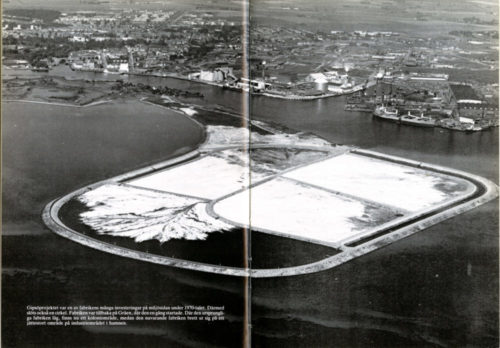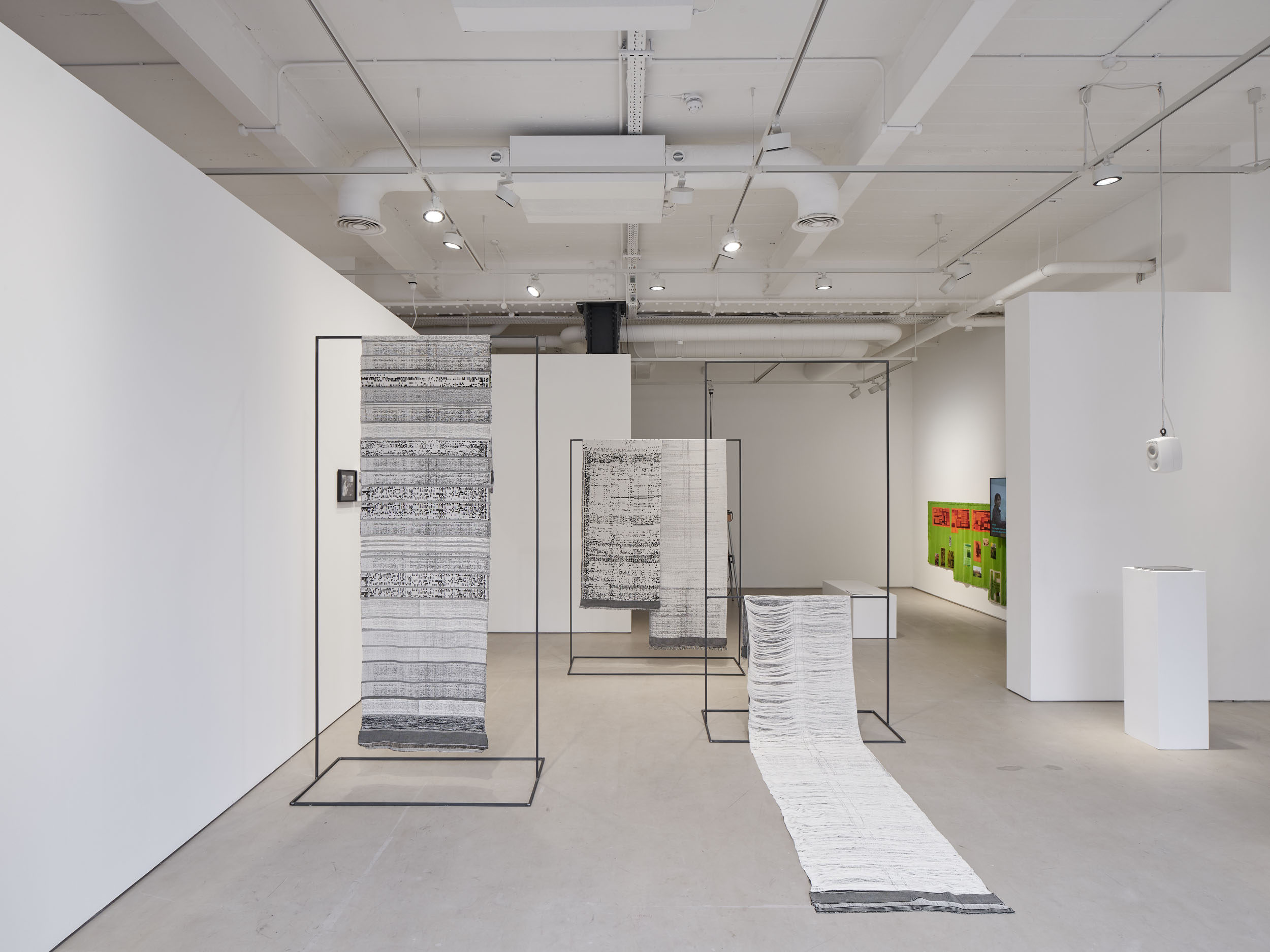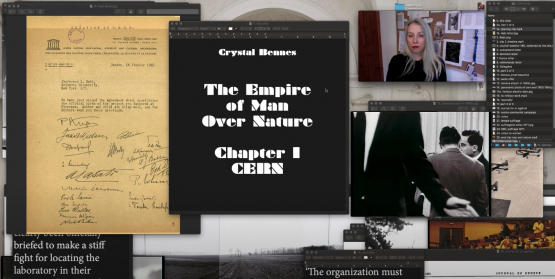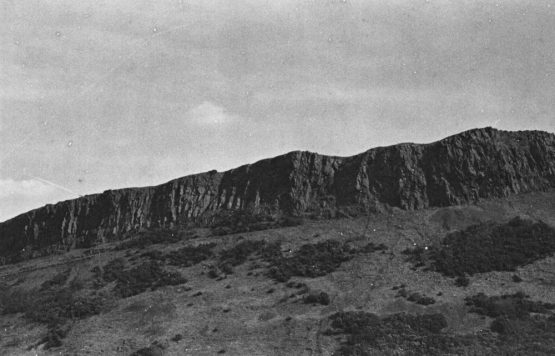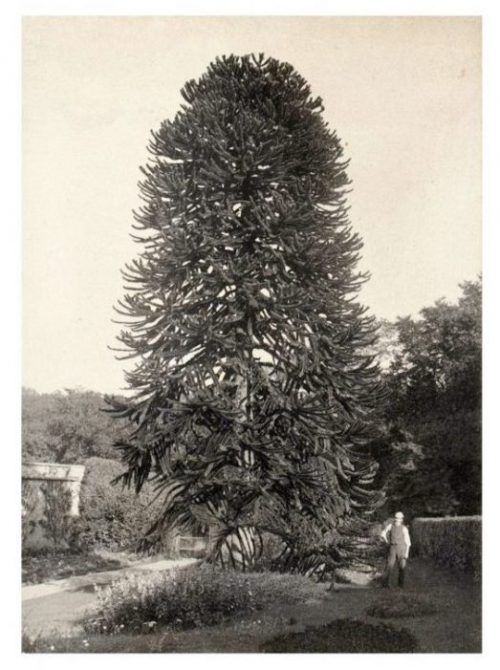We Eat the Earth is an ongoing research project exploring the ways in which our collective appetite reshapes the earth and how the production of nutrients required for agriculture impacts our political and physical environments.
Fertiliser unites historical discourses around food production, white supremacy and empire with the multiple intersecting crises resulting from extractive capitalism’s catastrophic effects on the environment. In the 19th century, panic over declining crop yield saw the U.S. annex its first overseas territory to access necessary nutrients. The 1856 Guano Islands Act set a legal precedent serving as the foundation for subsequent imperial projects in Puerto Rico, the Philippines and Guam.
Links between white supremacy and industrial agriculture continue to loom large, as evidenced by the rising popularity of the far-right farmers’ party in the Netherlands—angered by environmental measures to curb fertiliser-related pollution. Today, nitrogen fertiliser alone accounts for around 5% of total carbon emissions. Widespread fertiliser use in industrial agriculture contributes to soil health decline, increased water pollution, and substantial environmental destruction from related mining activities.
The project maps the material flows of fertiliser between seven key sites. For example, tracing illegally mined phosphate rock from Western Sahara to an artificial island of toxic waste off Sweden’s southern coast, or tracing the connections between nitrogen fertiliser, produced at one of the world’s largest chemical factories in Germany, and water pollution and the rise of far-right farmers’ political party in the Netherlands. By mapping such flows, the publication aims to reveal the destabilising global impact of fertiliser production and the devastating environmental and socio-political consequences of its extraction, production and management. Finally, through its focus on a small, but expanding group of farmers committed to producing food without the use of fertilisers of any kind, the project also offers a hopeful view for the future of agriculture.
